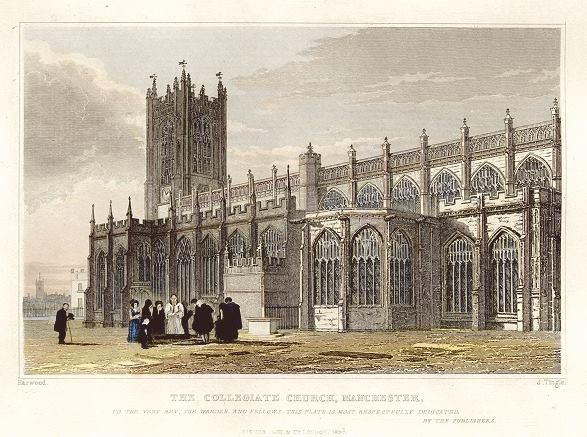
Leverhulme Trust: Mortality and epidemiological change in Manchester, 1750-1850
Director
|
Co-Director
|
Research Associate |

This new Leverhulme-funded project will provide initial estimates of mortality levels and trends in the world’s first ‘industrial city’, Manchester, during the classic Industrial Revolution era, 1750-1850. This period coincided with a transformation of epidemiological regimes in north-western Europe and a precipitous decline in urban mortality, that was essential to the rapid urbanisation and industrialisation that ensued. The project will address two major lacunae in our understanding of population change in Britain during the Industrial Revolution; the causes of the striking improvements in urban life expectancies after 1750; and the impact of industrialisation on health and mortality in the first century of industrial growth.
In 1750 Manchester was a town of less than 20,000 people; by 1850 it had grown to become Britain’s third largest city, with a population of c. 250,000, its growth predicated on its role as the centre of the British cotton industry [6]. Engels documented the living conditions of the poor in Manchester in the 1840s with devastating effect, and nineteenth-century Manchester came to epitomise some of the worst excesses of industrialisation for the urban poor [7]. Yet infant mortality (a widely used indicator of living standards) in early Victorian Manchester was significantly lower than levels prevailing in even very small urban settlements of a few thousand people a century earlier. Therefore it is probable that Manchester enjoyed an absolute decline in infant mortality even as its population grew by an order of magnitude after 1750, and as population densities rose.
This project will provide a first overview of mortality in Manchester during its rise to manufacturing pre-eminence, using the exceptionally rich records that survive for the collegiate (parish) church. The collegiate church sextons’ books recorded age, cause of death and burial fee from 1753 to 1848 (with some gaps). Used with caution, trends in the age distributions of causes will yield insights into changing levels of exposure and immunity in the case of immunising infectious diseases, and high frequency time series and spectral analyses will be used to model changes in epidemic frequency and disease transmission. The rich detail of the burial evidence will allow close analysis of changes in patterns of mortality by season, age and cause within the first year of life, and will be used to test the impact of factors such as breastfeeding patterns and smallpox inoculation and vaccination on infant mortality rates. In addition we will we will create counts of all extant burial, baptism and marriage records for the parish of Manchester and the township of Salford. This will allow us to quantify the impact of the proliferation of religious institutions and non-conformity, to contextualise the collegiate church’s contribution, and to estimate the appropriate proportions of the population at risk of burial at the collegiate church, for the calculation of demographic rates. Key to the study is a sustained comparison between Manchester and London, using the evidence for London already generated by the ‘Paupers’ Lives’ Project. Comparisons of trends in the distributions of burials by age and cause in each city will enable us to identify the common factors that underlay the apparently ubiquitous decline of urban mortality between 1750 and 1820. In addition, the apparent divergence of mortality trends in the two cities after 1820 provides an opportunity to test competing hypotheses regarding the impacts of urban institutions and industrial growth on life expectancy and living standards across the classic period of the Industrial Revolution.
The project is funded by the Leverhulme Trust and will start on 1st January 2013.
This website is maintained by jeremy.boulton@ncl.ac.uk